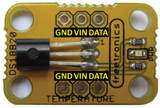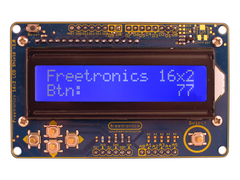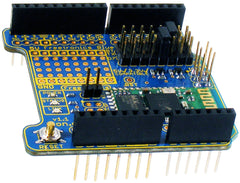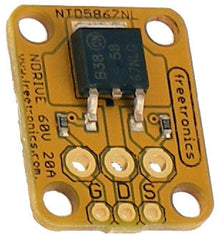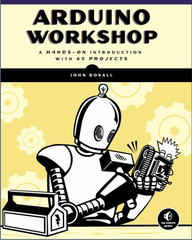Although they are a technology from years gone by, the effects of using Nixie tube are still a wonder and help keep alive a classic form of data display that was popular before the advent of LEDs, LCDs, and other methods we take for granted.
A fine example of a Nixie-tube project is the following temperature display by Sascha Grant. They've used ex-USSR IN12A numerical tubes driven by matching high-voltage shift registers with a small neon tube for the decimal point. Temperature is measured by a DS18B20 with the display controlled by a small Arduino-compatible board. Finally the system is mounted inside a custom enclosure which doesn't detract from the overall look and feel

For more information on this display project, visit Sascha's github page. And for more, we're on facebook, Google+, and twitter - so follow us for news and product updates as well.
If you're interested in measuring termperature with a reliable sensor - consider using our TEMP: DS18B20-based temperature sensor module:
The TEMP: uses the Dallas DS18B20 1-wire digital temperature sensor, with a wide measurement range of -55 to +125°C at an accuracy of +/- 0.5°C. For more information, tutorials and to order - visit the TEMP: page.







